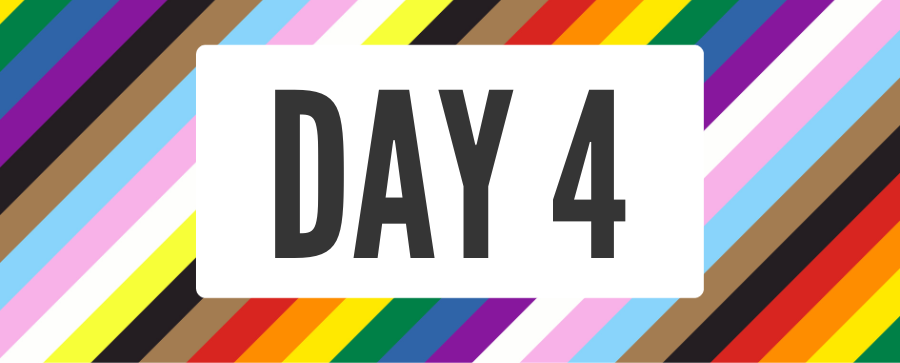
Gender Identity
While a person’s sex assigned at birth is based on their perceived or actual reproductive or sexual anatomy, someone’s gender identity is their internal, psychological sense of who they are.
Cisgender or “cis” describes a person whose gender identity (man or woman) aligns with their sex assigned at birth (male or female). Transgender or “trans” describes a person whose gender identity does not align with their sex assigned at birth. For example, an individual who identifies as a man and was assigned female at birth. A note on language: cis or trans are inclusive terms but should always be used to describe a noun (e.g., trans community, cis women, trans people).
A person’s gender identity is deeply innate. To understand this, we can ask: how do you know you are the gender that you are? For almost all of us, cisgender and transgender people alike, the answer is usually: we just do, we just know.
Just like there are countless ways to be cisgender, there are infinite ways to be transgender. To be transgender simply means an individual identifies somehow differently from their sex assigned at birth. Some transgender people identify as men or women, others identify as both, neither or wholly opt out of our systems of gender categorization. Some terms outside of the typical binary (this or that categorization) of man or woman include: non-binary, bi-gender, genderfluid, and agender. All of these are valid and real transgender experiences.
Some, but not all, trans people may choose to transition to align with their gender identity. This might include social transition: using a different name or pronoun or updating their clothing or ways of speaking to align with their gender identity; medical transition: changing their body through medical support such as gender-affirming hormone therapy or surgical procedures to align the look and the function of primary and secondary sex characteristics with their gender identity; legal transition: legally changing their name, updating legal documents (identification, birth certificate, etc) to align with their gender identity. Medical transition is NOT required to be transgender.
TODAY’S CHALLENGE
Read:
- German Lopez, 9 questions about gender identity and being transgender you were too embarrassed to ask, Vox, (February 22, 2017). [23 minute read]
Watch:
- Sex and Gender Identity: What it Means to Be Intersex, Nonbinary, USAToday (May 26, 2021). [2 minute video]
- Laverne Cox, It Got Better Featuring Laverne Cox, L Studio Presents, lstudiopresents (June 11, 2014). [8 minute video]
- Jackson Bird, How to Talk (and Listen) to Transgender People | Ted Residency (December 5, 2017). [6 minute video]
Engage:
- Explore some of the many cultures and communities around the world that have recognized and celebrated gender diversity throughout history using the PBS Gender Map.
Discuss:
- Laverne Cox talks about the people around her growing up as “policing my gender”. How have you experienced or witnessed gender policing in your personal or professional life?
- Think about your week, when have you assumed the gender of a person around you? How can you upgrade your language or approaches to use more gender-open language until you know a person’s gender?
